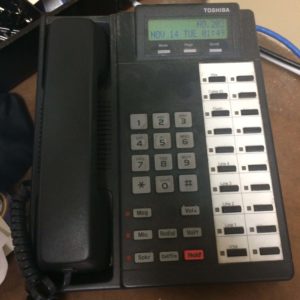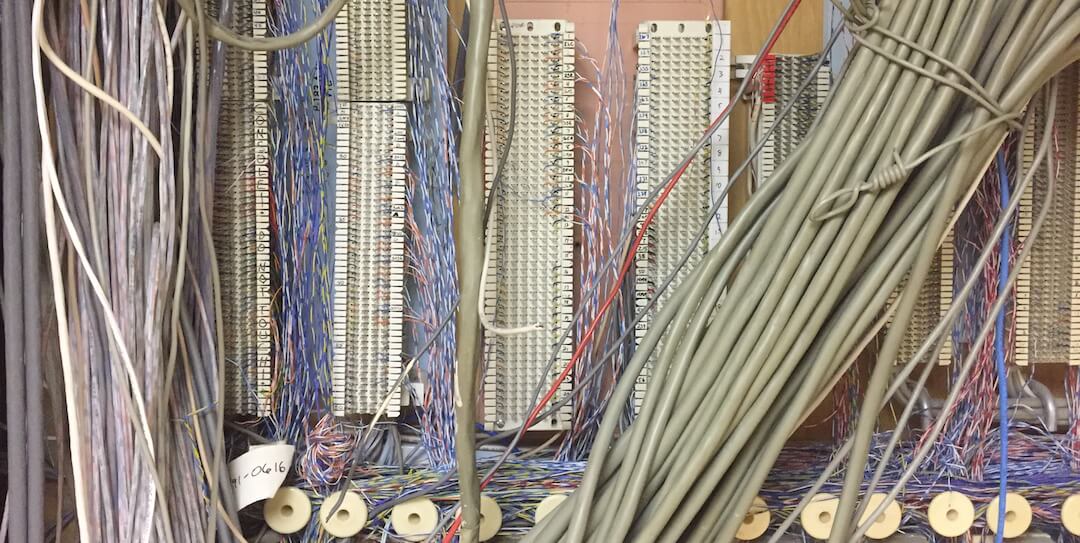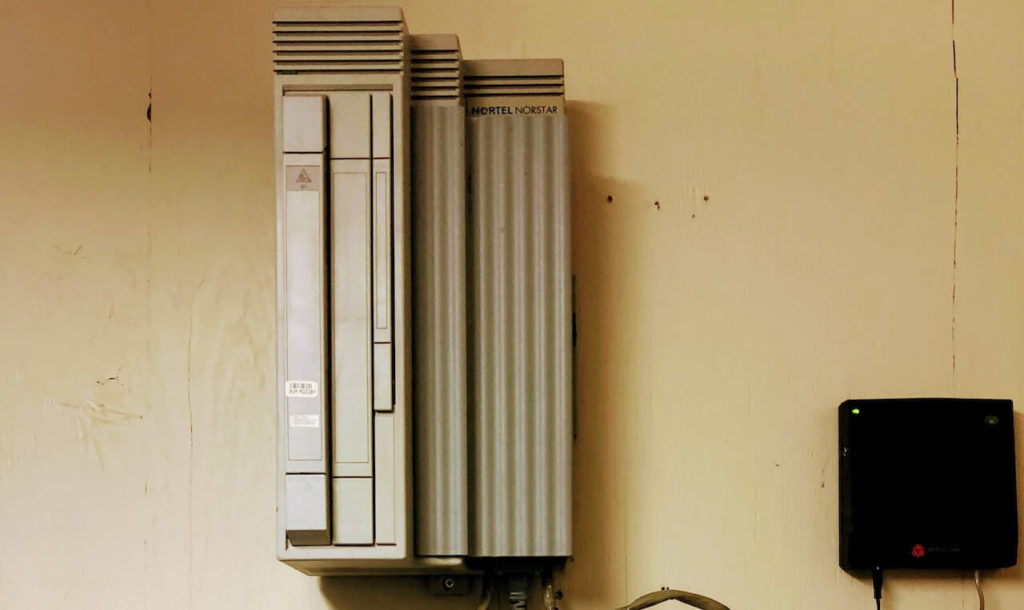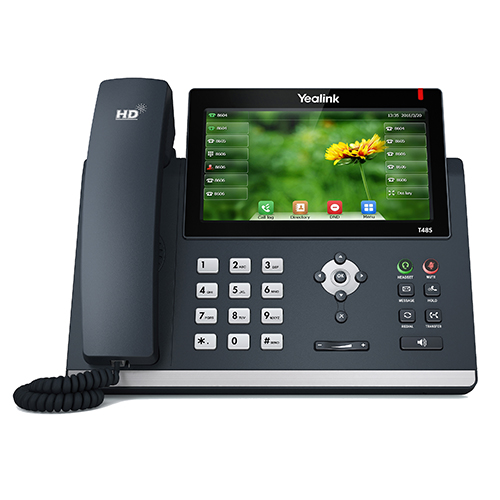When you bought your small business phone system over a decade ago, it was cutting edge. Brands like Comdial, Norstar, Vodavi, Panasonic, Toshiba, and Tie prevailed at the time.
Back then, bandwidth to most buildings was not enough to support voice traffic over the internet connection. The now thriving business VoIP (Voice over Internet Protocol) business telephone industry had not yet been born.
At many companies, the on-premises phone system hardware is paid for. However, the system is running at less than 100%. There is a risk to it running at 0%.
Here are some of the signs that you might be ready to move to today’s technology in business telephone systems.
1. Your business phone guy doesn’t answer his phone
Your long-time phone system installation and maintenance partner has wound down his business. He was the last remaining local expert for your brand phone system.

2. It’s increasingly difficult to find compatible phones & cards
The telephone refurb shops are starting to show “out of stock” for the model phones or expansion cards that are compatible with your phone system.

3. Your phone system’s voice mail card crashed and you can’t find a new one
This is based on a true story. We talked to someone whose company could no longer accept voice mail messages. They did not even want to touch their phone system for fear that it might quit altogether.
4. You are overpaying for your telephone numbers
Some companies that still have first generation telephone lines coming into their office may lose track their numbers. Because of this, they end up overpaying the telephone company for phone service.

5. You can’t install a business extension in a remote office or home office
You have to dial employees at branch offices or at home offices using a ten-digit phone number, not a three-digit extension number. If someone is outside your building, you can’t see whether they are on the phone or off the phone.
6. Your business is moving. The new building does not have voice cabling.
Business telephone systems used to depend on traditional telephone cables. If the location only has data cabling, the cost to move the old phone system may be more than than the cost for a new system.
We’ve heard stories about old phone systems that got rattled enough during a move that the system did not power up correctly at the new location.
7. You have to program your phone system using a dial pad
It’s onerous to make programming changes such as new ringing assignments using a telephone’s keypad and a small display.
8. Your salespeople want to forward their business line to their mobile phone from anywhere
A traditional business phone system only allows for changing call forwarding from the desk phone itself. Your road warriors don’t like missing calls from customers and prospects. You don’t like them missing those calls either.
How a New Business Phone System Overcomes These Challenges
These types of issues & concerns disappear with a new hosted VoIP business phone system. Here’s why.
- The telephones are industry standard devices, not specific to a vendor brand
- These phones use your computer network wiring, not telephone-specific wiring
- Your telephones can be plugged into any decent internet connection, anywhere
- The telephone system is software controlled, not hardware dependent
- You can see if someone is on the phone, no matter where they are
- With the right level of internet service, voice-over-internet calls are as clear as landline calls
- System and station programming can be done from a web browser
- Business lines can be forwarded to mobile phones — as needed or on a schedule
A common question is, “if we move our business to this hosted VoIP, can we keep our existing telephone numbers?”
The answer is, “yes.” Your current telephone numbers can be transferred to a business VoIP system.


